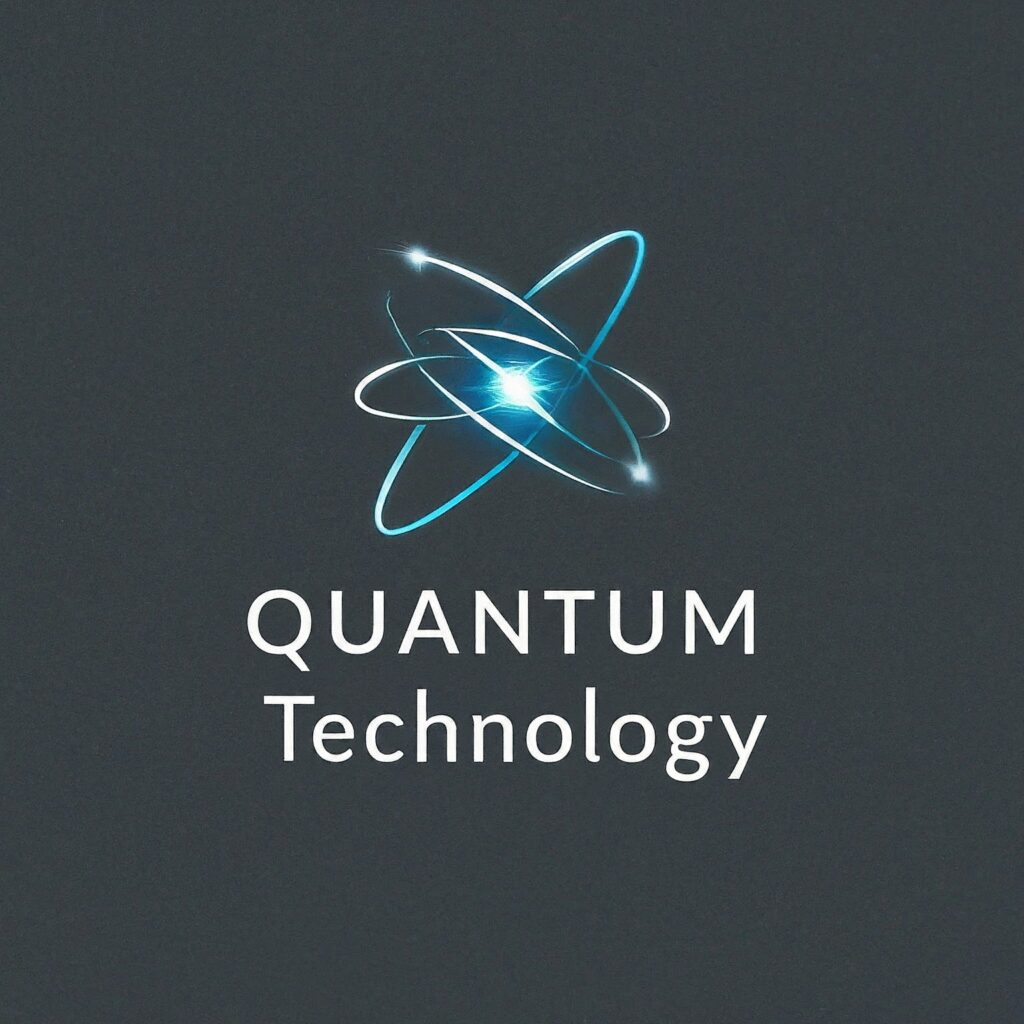Encryption, the cornerstone of secure online communication, relies heavily on strong random numbers. Traditional random number generators (RNGs) can be vulnerable, potentially leaving data and communications exposed. Quantum random number generators (QRNGs), harnessing the randomness of quantum mechanics, offer unparalleled security. A recent study published in Computer Networks (“Evaluating integration methods of a quantum random number generator in OpenSSL for TLS” examines integrating a QRNG with the widely used OpenSSL library, paving the way for a significant leap in Transport Layer Security (TLS) encryption strength.
The Importance of Randomness in TLS:
TLS, the protocol behind secure communication across websites, relies on random numbers for key generation and other cryptographic operations. Strong randomness is crucial because predictable numbers could be exploited by attackers to decrypt communication or steal sensitive information.
The Limitations of Traditional RNGs:
Traditional RNGs often rely on algorithms that, while complex, can potentially be cracked by sophisticated attackers with sufficient resources. This vulnerability poses a significant threat to online security.
The Quantum Advantage: Unleashing Unpredictable Randomness
QRNGs exploit the inherent randomness of quantum mechanics, such as the unpredictable behavior of photons, to generate truly random numbers. These numbers are demonstrably unpredictable, making them ideal for applications where security is paramount.
The Focus of the Study: Integration with OpenSSL
OpenSSL is a widely used open-source library that provides cryptographic functions, including those used in TLS. The study explores two methods for integrating a QRNG with OpenSSL:
- Engine-based Integration: This method leverages OpenSSL’s engine framework, allowing seamless integration of the QRNG as a separate module within the library.
- Direct Function Calls: This approach involves modifying OpenSSL’s core code to directly call the QRNG for random number generation.
Benefits of QRNG Integration:
Integrating a QRNG with OpenSSL offers several advantages:
- Enhanced TLS Security: Quantum-generated random numbers significantly improve the security of TLS encryption by eliminating the risk of predictable randomness exploited by attackers.
- Future-Proofing Encryption: As quantum computers continue to evolve, QRNGs provide a future-proof solution for robust encryption, even against potential attacks leveraging quantum algorithms.
- Broader Applicability: The successful integration with OpenSSL can pave the way for the adoption of QRNGs in other cryptographic applications beyond TLS.
Challenges and Considerations:
While the study highlights the potential of QRNG integration, some challenges remain:
- Hardware Availability: Currently available QRNGs may not possess the speed or scalability required for large-scale deployments on every server utilizing OpenSSL.
- Performance Optimization: Integrating the QRNG with minimal impact on the overall performance of cryptographic operations is crucial for real-world adoption.
- Standardization and Adoption: Establishing standards and encouraging widespread adoption of QRNG-based encryption solutions across the industry is necessary to fully realize the benefits.
A Glimpse into a More Secure Future:
The study on integrating QRNGs with OpenSSL offers a promising vision for the future of secure communication. As research progresses and technical challenges are addressed, we can expect:
- Ubiquitous Quantum-Enhanced TLS: Enhanced TLS encryption utilizing QRNGs could become the standard for secure online communication, safeguarding data and transactions.
- Enhanced Security in Blockchain and IoT: Quantum-powered security can benefit other applications like blockchain and the Internet of Things (IoT), where robust and future-proof encryption is vital.
- A Collaborative Path Towards Quantum-Safe Security: Collaboration between researchers, hardware manufacturers, and software developers is key to accelerating the adoption of QRNGs and establishing quantum-safe cryptographic solutions.
Conclusion: A Quantum Leap for Encryption Security
Integrating quantum random number generators with OpenSSL presents a significant step towards bolstering TLS encryption and protecting online communication. By overcoming the current limitations and fostering collaboration, we can pave the way for a more secure digital future where quantum randomness remains the ultimate key to safeguarding our online interactions and data.
